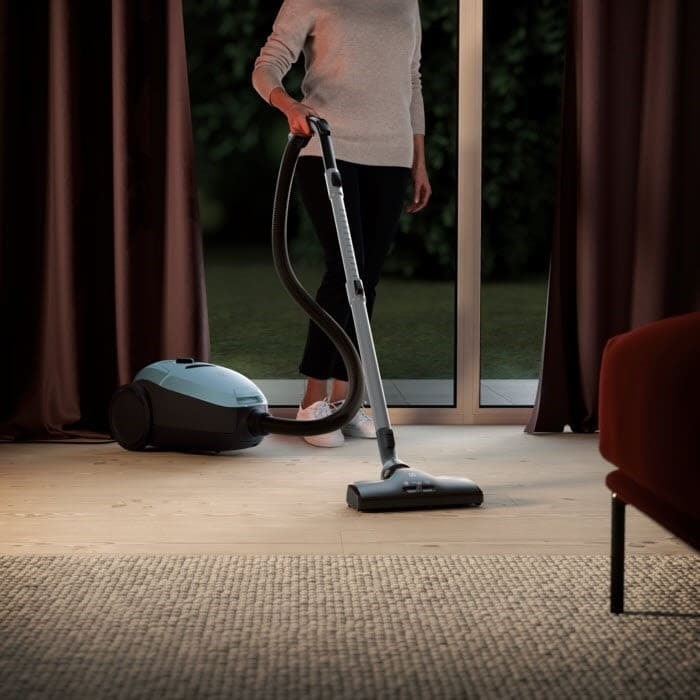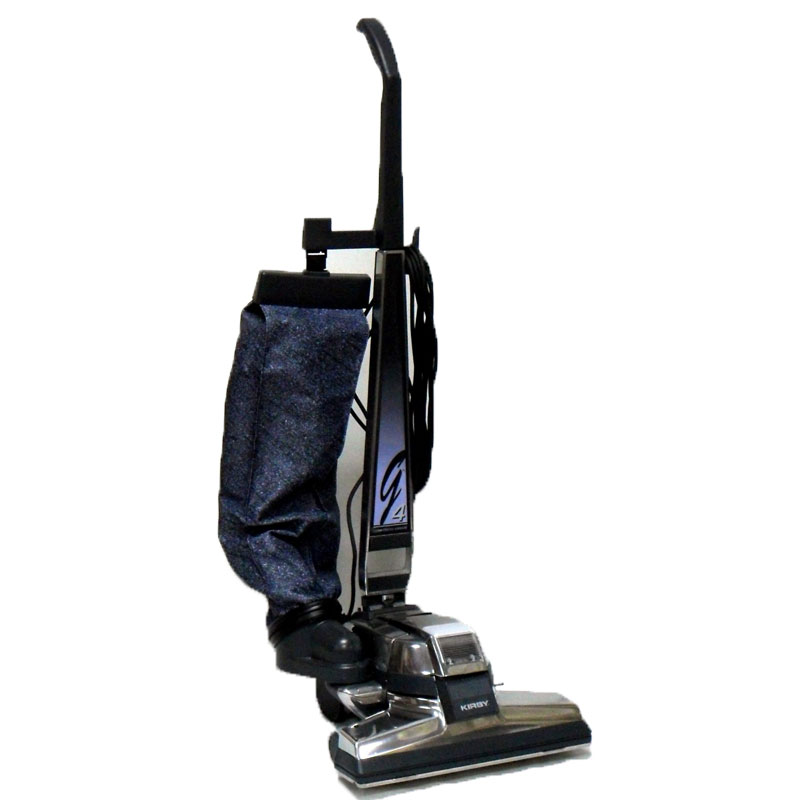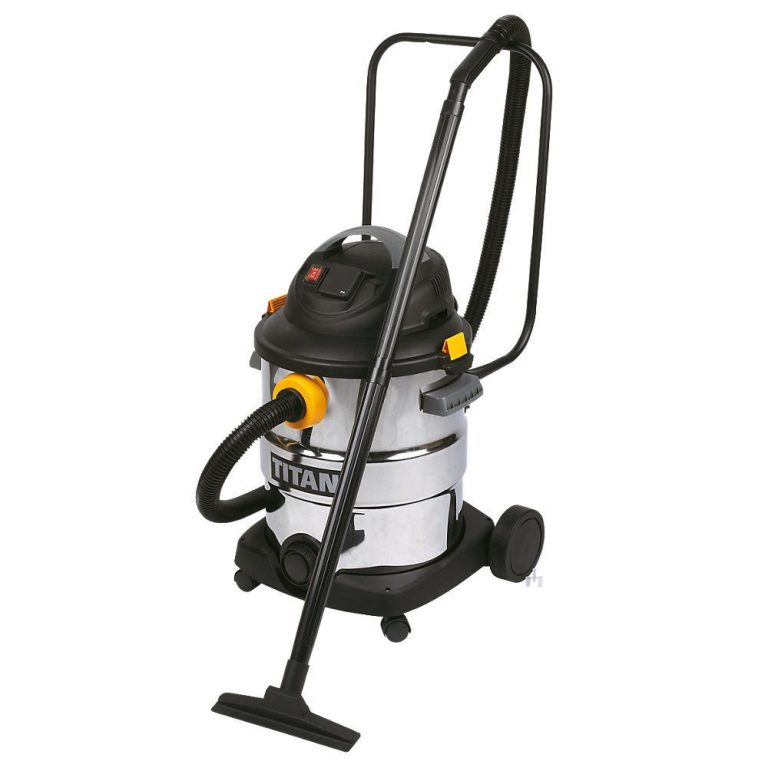Identify Common Blockage Points
Before learning how to unclog a vacuum cleaner, we need to know where blockages typically occur. Here are some common blockage points:

- Brush Roll: Hair and debris gather here, stopping the brush from spinning.
- Hose: Small objects can get stuck, restricting airflow.
- Filter: Dust clings to the filter and clogs it over time.
- Dirt Container: Fuller containers can obstruct the vacuum’s path.
- Attachments: Tools like crevice tools can collect lint and clog.
Each vacuum cleaner might have its unique points where debris tends to build up. It’s important to check the manufacturer’s manual for specific guidelines. Regular checks of these areas can help you spot and address clogs before they worsen. Using keywords like ‘how to unclog a vacuum cleaner’, we’ll explore the detailed steps in the following sections of this blog.
Signs Your Vacuum Cleaner Is Clogged
Recognizing when your vacuum cleaner is clogged is crucial for maintaining its performance. Here are unmistakable signs that indicate a blockage:
- Loss of Suction: The vacuum fails to pick up debris as efficiently as before.
- Strange Noises: Whistling, rattling or high-pitched sounds can signal a clog.
- Unpleasant Smells: A trapped object or built-up debris can cause a musty odor.
- Excessive Heat: Blockages force the vacuum to work harder, leading to overheating.
- Spitting Debris: Objects can get lodged and spit back out.
When you spot any of these signs, it’s time to learn how to unclog a vacuum cleaner. Being proactive at this stage can prevent further damage to your appliance. In the upcoming sections, we’ll guide you through the necessary tools and step-by-step instructions on how to unclog a vacuum cleaner effectively.

Basic Tools Needed for Unclogging Your Vacuum
Before we dive into the steps on how to unclog a vacuum cleaner, let’s gather the essential tools. You will need:
- A pair of gloves: To protect your hands from dirt and sharp objects.
- Scissors or a seam ripper: Useful for cutting away tangled hair or fibers.
- A cleaning brush or an old toothbrush: Helps to scrub off stubborn debris.
- A straightened coat hanger: Can be used to dislodge blockages in the hose.
- A flashlight: To spot blockages deep inside the vacuum cleaner.
- Compressed air (optional): Blasts away dust from filter or tight spaces.
Having these tools on hand will make the process smoother and more efficient. As we progress, remember to unplug your vacuum cleaner before attempting to remove any blockages. Safety should always come first when learning how to unclog a vacuum cleaner.
Step-by-Step Guide to Unclogging Your Vacuum
Now that you have your tools ready, let’s tackle that clog. Here is a straightforward guide on how to unclog a vacuum cleaner with ease.
- Unplug the Vacuum: Safety comes first. Always unplug before starting any work.
- Empty the Dirt Container: Clear out debris that might be causing a blockage.
- Check the Brush Roll: Remove any hair and fibers wrapped around the roll.
- Inspect the Hose: Shine a flashlight through the hose. Look for blockages.
- Use a Coat Hanger: Gently push through any obstruction in the hose with a straight hanger.
- Clean the Filter: Tap out debris from the filter or replace it if necessary.
- Reassemble the Vacuum: Put all parts back together carefully after cleaning.
- Test the Vacuum: Plug it back in and test for improved performance.
Removing clogs from your vacuum can restore suction and efficiency. Remember, regular maintenance is the key to keep your vacuum running smoothly.

Preventing Future Blockages: Tips and Tricks
Regular maintenance is key in preventing blockages in your vacuum cleaner. Here are some simple tips and tricks that can help you avoid future clogs:
- Empty the Dirt Container Regularly: Don’t wait for it to fill up completely; empty it after each use.
- Check and Clean the Brush Roll: Inspect the roll after each use and cut away any tangled hair or fibers.
- Inspect the Hose: Make it a habit to look through the hose for any potential blockages.
- Clean or Replace the Filter: Depending on your model, clean or replace filters every few months.
- Use the Right Attachment: Choose the correct attachment for the job to prevent unnecessary debris buildup.
- Avoid Large Debris: Don’t vacuum items too large for the cleaner, as they can cause immediate clogs.
- Follow Manufacturer’s Guidelines: Adhere to the recommendations provided by the vacuum’s manufacturer.
By following these steps, you ensure that your vacuum cleaner remains in top working condition, reducing the likelihood of clogs. Plus, you’ll improve the longevity and effectiveness of your appliance. For those wondering how to unclog a vacuum cleaner in the future, incorporating these habits should minimize the need.
When to Seek Professional Help for Your Vacuum Cleaner
Sometimes, even after learning how to unclog a vacuum cleaner, you may face stubborn issues. When simple at-home fixes don’t work, it may be time to seek professional help. Here are scenarios when professional services are advisable:
- Persistent Loss of Suction: If suction does not improve after unclogging and cleaning, a deeper issue may exist.
- Motor Problems: Unusual sounds or smells after clearing a blockage could signal motor-related troubles.
- Electrical Issues: If your vacuum trips the power or doesn’t turn on, the electrical components might be at fault.
- Structural Damage: Cracks or significant wear might need an expert’s touch to repair effectively.
- Warranty Services: Check your warranty; some repairs might be covered and best handled by authorized professionals.
Professional repair services have the expertise and tools to diagnose and fix your vacuum cleaner properly. They ensure your appliance operates safely and efficiently. If you face the above issues, consider contacting the manufacturer or a reliable repair service. This move could save you from unnecessary expenses and extend the lifespan of your vacuum cleaner.
FAQs on Vacuum Cleaner Maintenance and Blockages
In maintaining your vacuum cleaner, certain questions often arise. Let’s tackle some frequently asked questions about vacuum cleaner maintenance and blockages:
- How often should I check my vacuum for blockages?
Check for blockages every month, or more often if you use your vacuum regularly.
- What should I do if my vacuum cleaner loses suction?
Empty the dirt container, inspect the hose, brush roll, and filter for blockages. Clear any found.
- Can I wash my vacuum’s filter?
Check the manufacturer’s manual. Some filters are washable, while others must be replaced.
- Why is my vacuum making loud noises?
Loud noises often point to blockages. Inspect the hose and brush roll for trapped objects.
- How can I prevent my vacuum from clogging?
Empty the dirt container after use, regularly check for tangles around the brush roll, and avoid vacuuming large debris.
These questions and answers aim to guide you on how to unclog a vacuum cleaner and keep it running smoothly.
Safety Precautions for Maintaining Vacuum Cleaners
When it comes to maintaining a vacuum cleaner, your safety is paramount. Here are essential safety precautions to always keep in mind:
- Unplug Before Maintenance: Never try to unclog or clean your vacuum while it’s plugged in. Electrical hazards can occur.
- Avoid Water Near Electrical Parts: Don’t use water to clean any electrical components. It can cause damage or pose a risk of shock.
- Inspect Cords for Damage: Check the power cord for any frays or cuts before use. A damaged cord can be dangerous.
- Wear Protective Gloves: Use gloves to protect your hands from sharp objects and dirt while cleaning.
- Be Careful With Moving Parts: When cleaning brush rolls or fans, be cautious as these parts can injure you.
- Properly Dispose of Waste: After unclogging your vacuum, make sure to dispose of the collected waste responsibly to avoid any health risks.
- Keep Your Work Area Clean: A clean workspace can prevent tripping hazards or accidental spills during maintenance.
- Store Tools Safely: Once you’re done, store your tools away from children’s reach.
Always follow the manufacturer’s guidelines for your specific vacuum model. If you’re ever unsure about a particular safety aspect, consulting the manual can provide clarity. Remember, knowing how to unclog a vacuum cleaner includes being aware of these safety tips to prevent accidents and ensure a long lifespan for your appliance.


